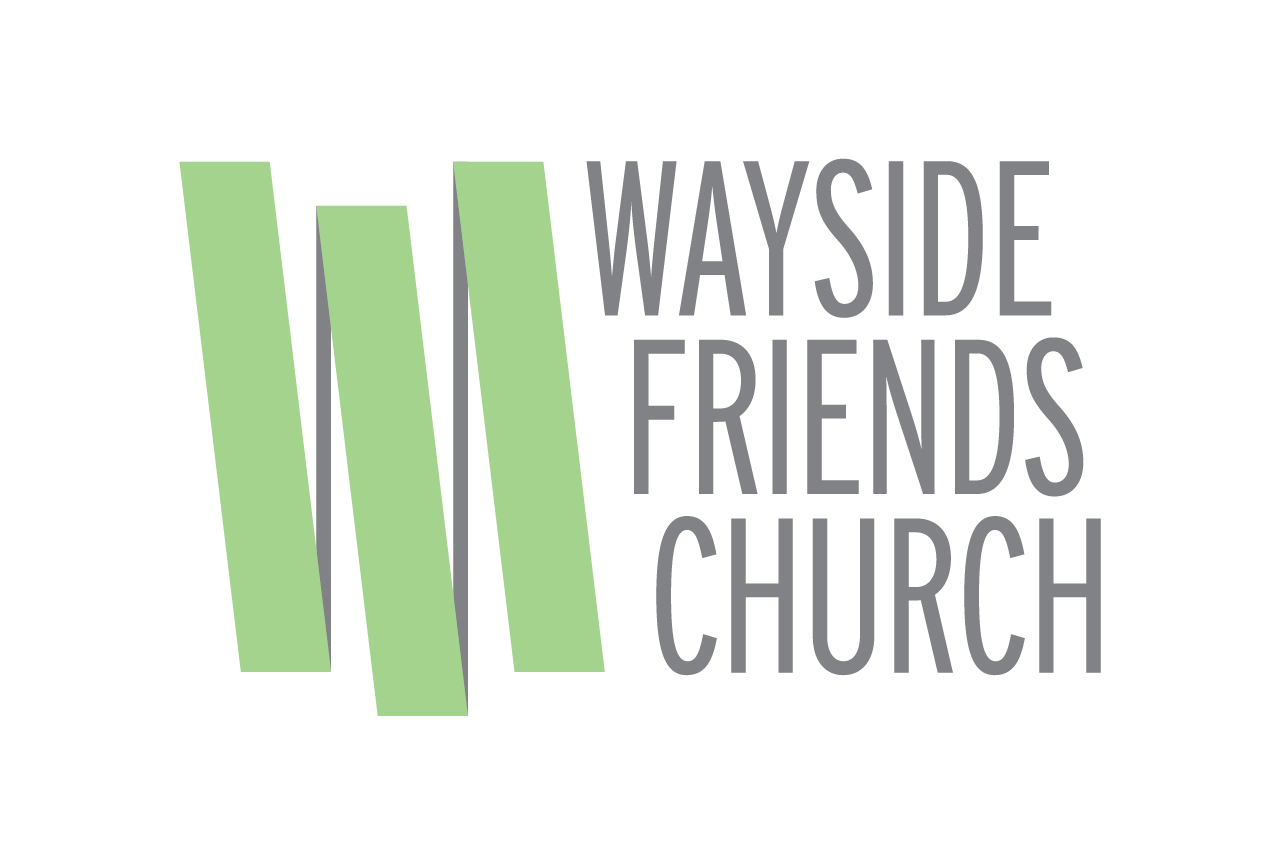
LAND ACKNOWLEDGEMENT BACKGROUND
To tell this story would mean going back to early times when the First People inhabited this abundant valley. Before European contact, more than thirty tribes and bands occupied Western Oregon, Northern California, and Southwest Washington, living in harmony with nature and the seasons. This included the Kalapuya, Lakmiut, Molala, Santiam, Tualatin and Yamhill tribes.
It is difficult for us to imagine a culture so different from ours, where the land, its fruits, and the goods that were crafted from them were not regarded as possessions, but instead as gifts bestowed by the Great Spirit. The concept of land as property that could be owned and controlled was antithesis to the First People. Ownership of the land was introduced by white settlers who brought with them European culture shaped by a history of feudalism. This cultural clash was at the root of much of the violence inflicted on the First People.
Indigenous culture reflected a dependence and a reverence toward the land. Community life was imbued with a spirit of interdependence, and giving gifts was a sign of gratitude. This was most clearly expressed through the tradition of potlatch, a ceremony at which good fortune was distributed, and the value of community was honored. Tragically, white settlers weaponized this custom when, in return for gifts given to them by the tribes, they offered back disease-laden “small-“pox blankets, purposefully introducing widespread suffering and death.
We cannot undo the harm, we grieve over it. This is not a history lesson, it is an ongoing story.
In a similar manner, many of the atrocities committed by white settlers were cloaked in religious dogma. Justification for seizing ancestral land and removing the people from their home was wrapped up in a sense of entitlement known as “manifest destiny” based in white supremacy and religious intolerance. The harm initially inflicted by European settlers was later institutionalized in the policies of the United States government who sanctioned terror, forced removal and genocide. That Christian theology has been used to deny the humanity of those considered to be “other” is a grievous story woven throughout time.
In order to understand the First People and their ancestral relationship to this land, it is important to hear this difficult story, so that we can truly grieve.
We must acknowledge the forced removal of tribes in Oregon which the US government carried out between 1853 and 1855.
This Trail of Death (previously “Trail of Tears”) marched hundreds of native people over 200 miles north across rough terrain during harsh winter conditions. Many did not survive the journey. The General Allotment Act of 1887 was designed to force native people into becoming land-owning farmers, modeled on a European system which was foreign to their culture. This law resulted in major portions of the Reservation being lost to non-Native ownership. In 1901, the U.S. declared a 25,791-acre tract of the Grand Ronde Reservation to be “surplus” and sold those “surplus” lands for $1.16 per acre.
Racist government policies continued as the land that had been promised was whittled away bit by bit. August 13, 1954, congress passed the Western Oregon Termination Act and the Grand Ronde Tribe’s federal recognition was declared to be ended. This legislation stripped the Tribe of its federal status and severed any remaining trust relationship with the federal government. Between 1954 and 1983, Grand Ronde tribal members were a landless people in their own land. The termination policy robbed the Tribe of its social, economic and political fabric, leaving a scattered population and widespread poverty.
In spite of this, there remained a community interconnected by families. Tribal leaders began working in the early 1970s to restore federal status. They began the arduous task of reestablishing the Confederated Tribes of the Grand Ronde Community of Oregon. They raised money to lobby Congress, testified before lawmakers in Washington DC, and fought for the Tribe’s recognition.
Their hard work and dedication was realized on November 22, 1983 when President Ronald Reagan signed the Grand Ronde Restoration Act. Five years later the Tribe regained 9,811 acres of the original reservation just north of the community of Grand Ronde.


